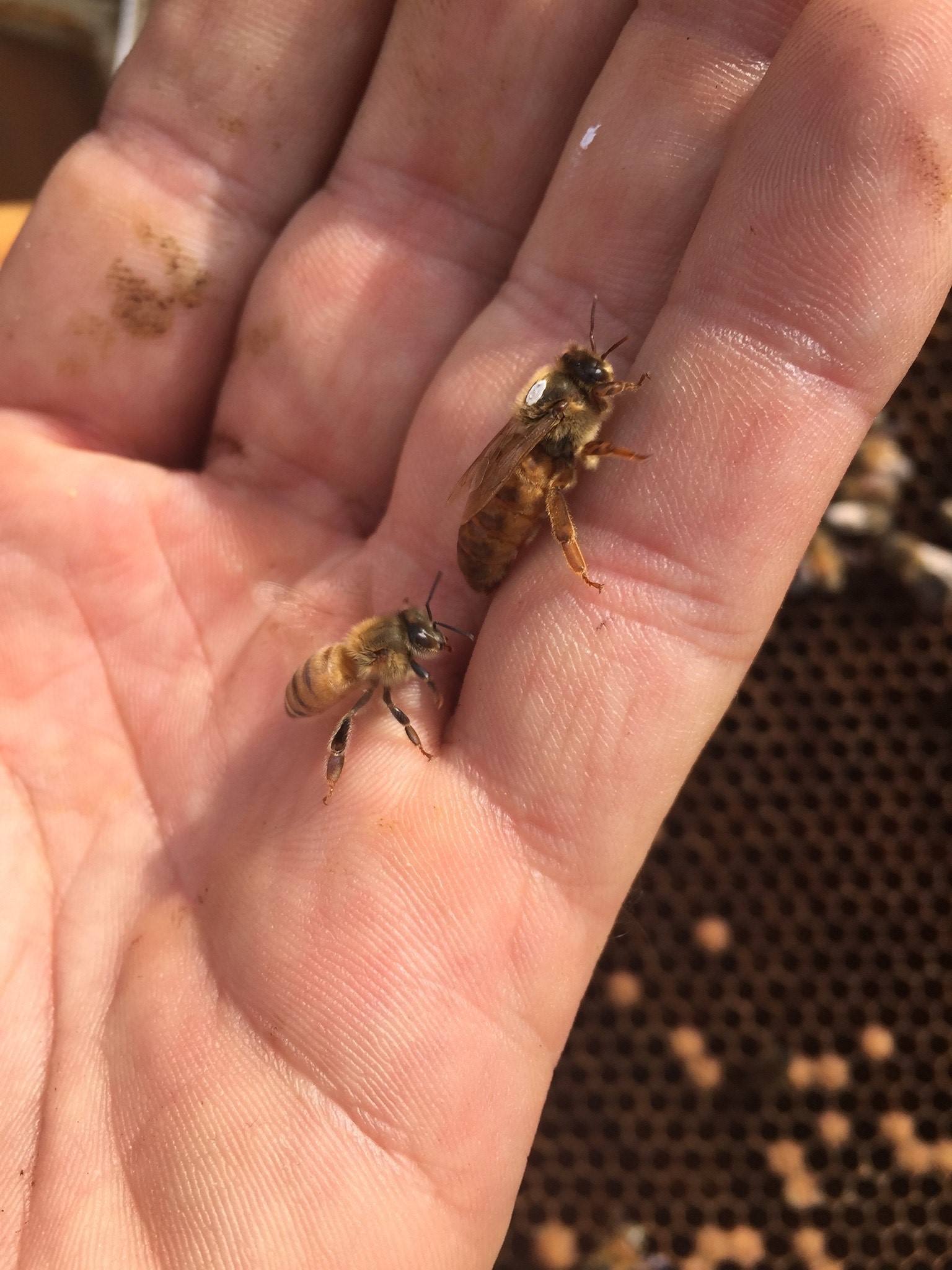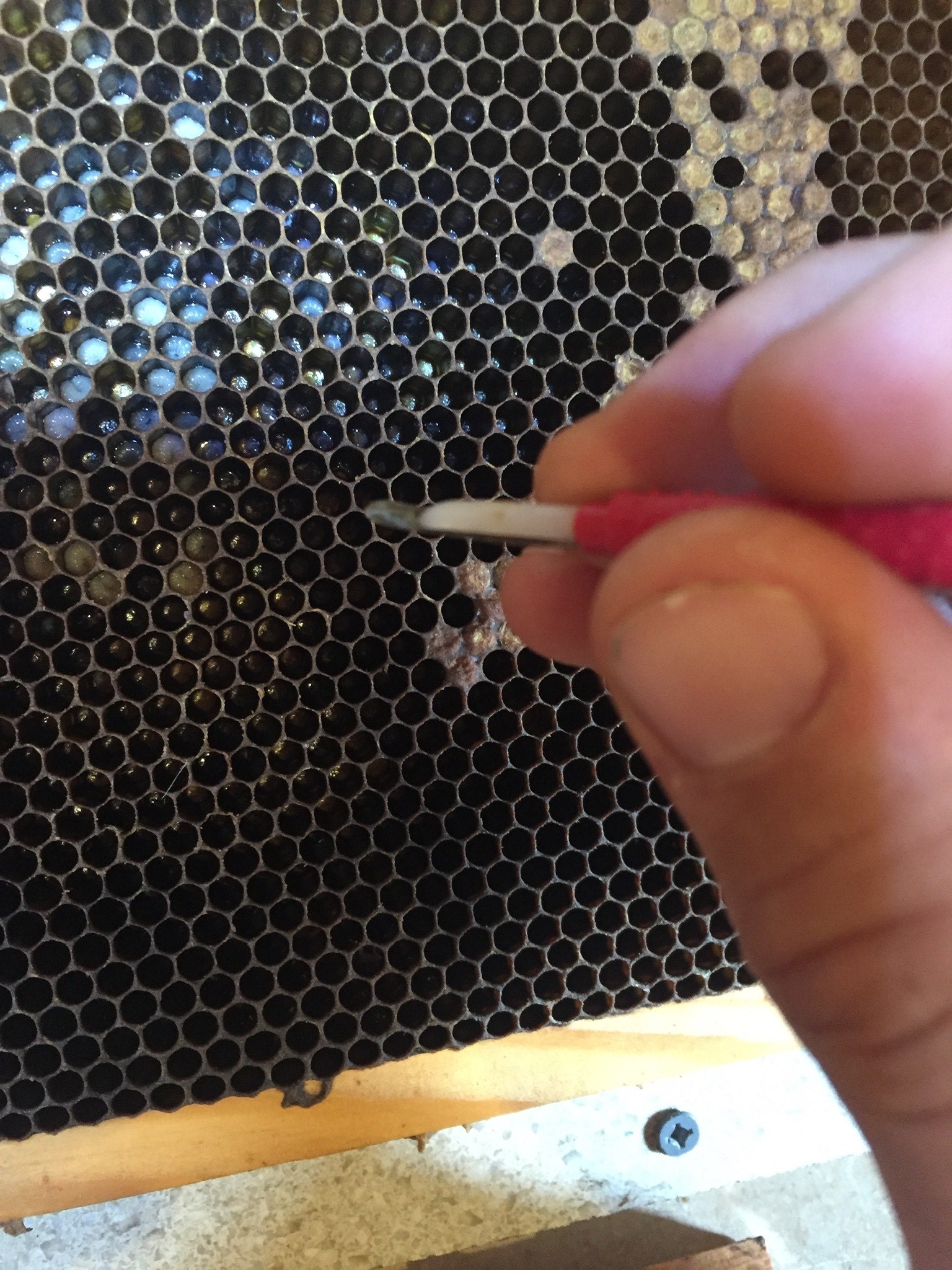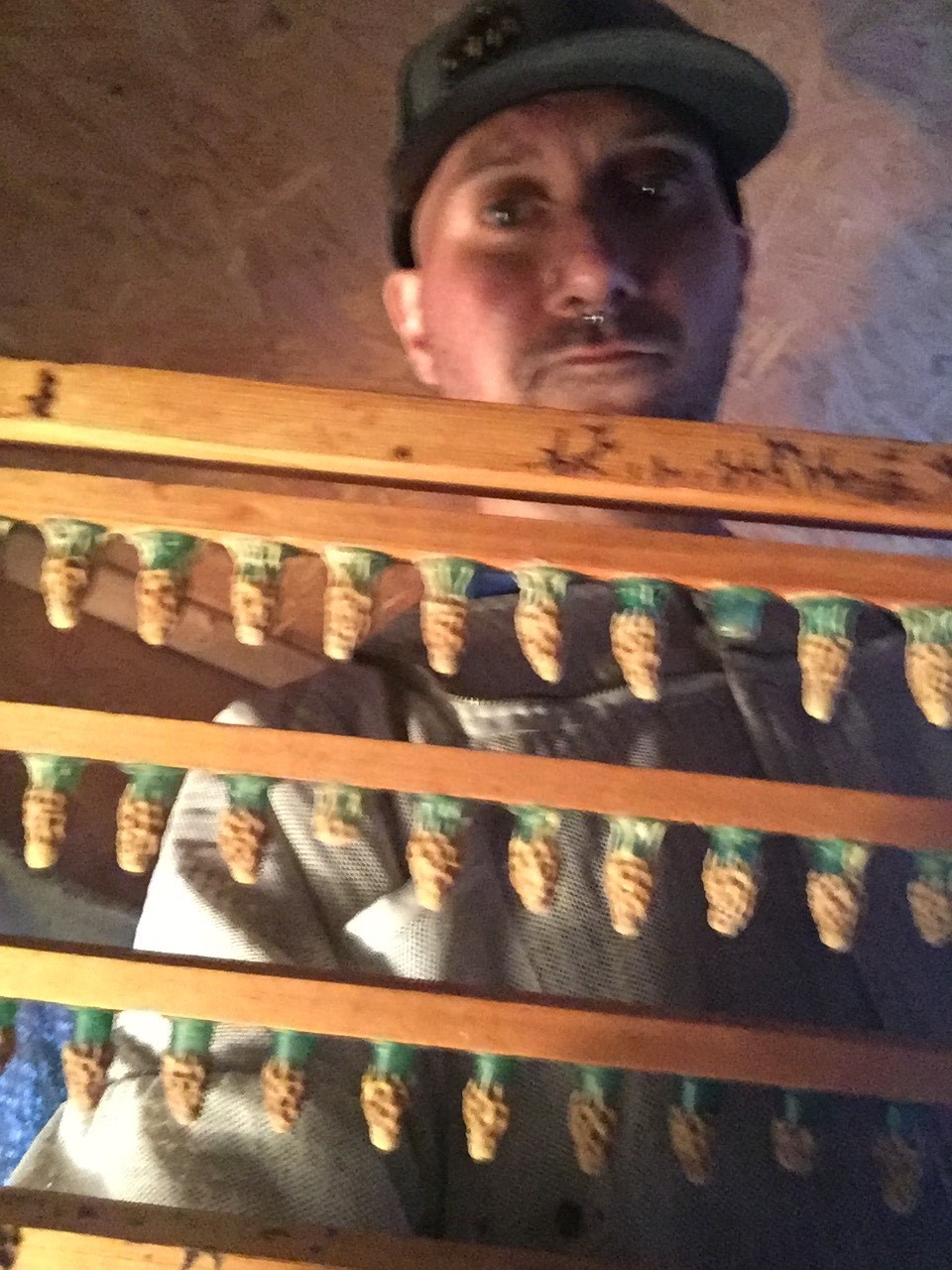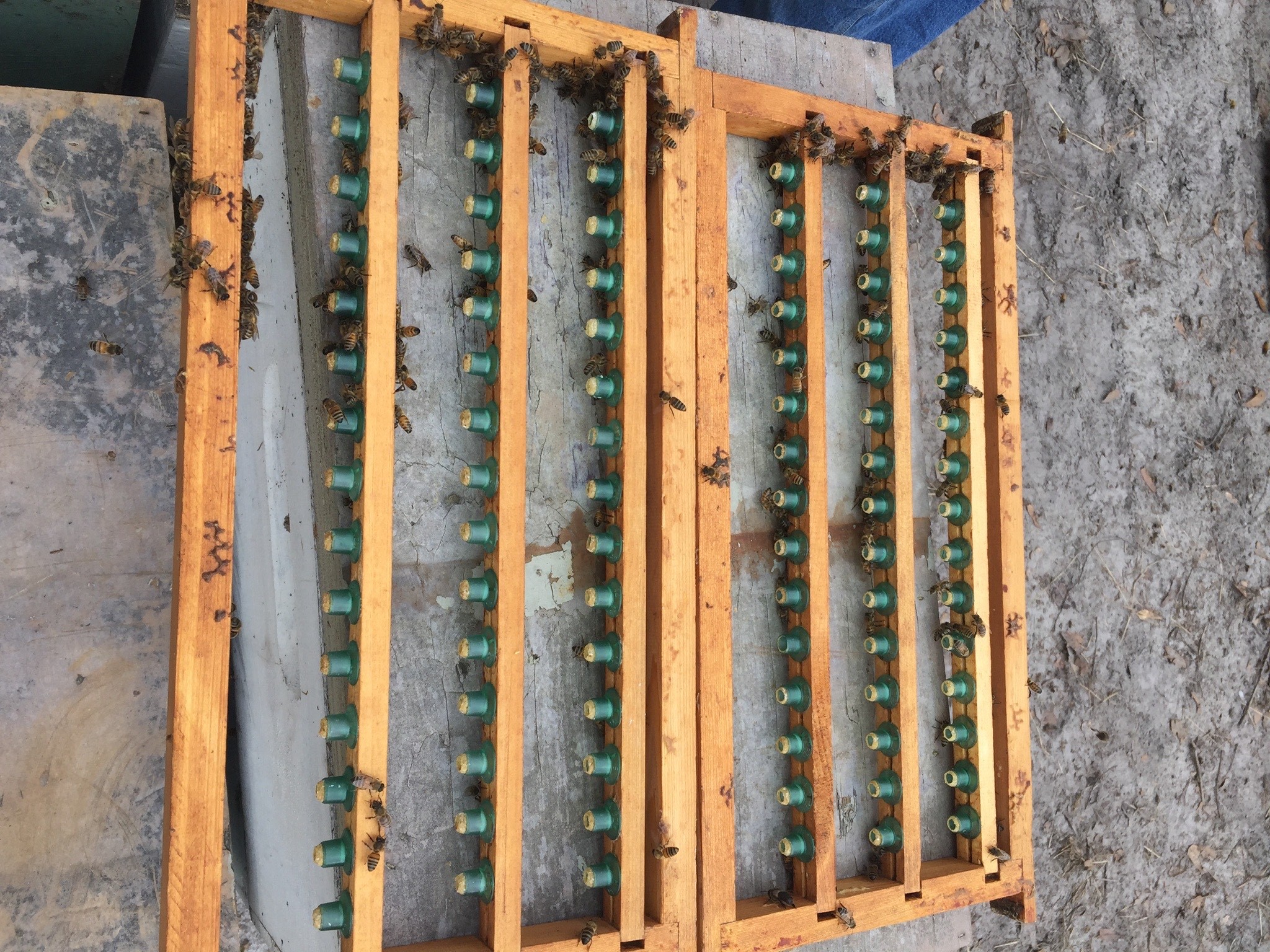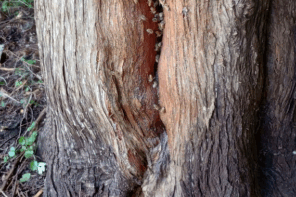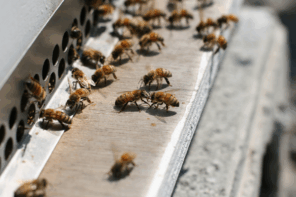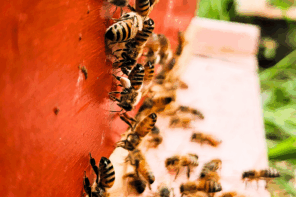Consistent Success or Consistent Failure
Devon Paderewski
Most beekeepers would agree that varroa mites are the biggest challenge facing modern apiculture at this point. Virus vectored by the parasitzation of the mites often lead to the demise of a colony. I was lucky enough to be part of a stakeholders group assembled by Dr. Robyn Underwood of PennState University to assist in the formulation of principles to be carried out in a large multi state study comparing conventional, organic and entirely chemical free beekeeping. The first task of our large group of experienced and successful beekeepers was to identify an entire spectrum of beekeeping from full on commercial beekeeping with any legal chemical on the market to non intervention beekeeping with zero chemical inputs and every stage in between. The resulting document created was published by Dr. Underwood and released in many arenas including The American Bee Journal.
The impassioned perspectives of many beekeepers made this prove to be quite a challenging task but together we did accomplish it. I myself have been both passionate and ambivalent about this topic. I know why people are so fiercely divided on this topic but don’t believe that it has to ultimately stay this way. The single reason being that we literally all want the same outcome, to have some bees to play with in the spring. It really is as simple as that.
Maybe you want to count mites, maybe you don’t. It’s easy to know what to do if you don’t want to count them, nothing. If you are on the other side of the fence, I believe the 300 bees in an isopropyl alcohol wash is a simple and reliable method of doing so. I have completed so many mite washes in my beekeeping journey to date, I could practically do it in my sleep. There was a time not that long ago that I was quite often paid by employers to do mite washes on their bees and never would think of performing them on my own. It wasn’t that I was so evolved as a spiritual creature that I thought it was inhumane to sacrifice them this way. I was letting colonies die by the dozens every season due to mite infestations. I simply didn’t want to be worried about them and perhaps be influenced into doing something about it. Some people said I was burying my head in the sand and called me a bad beekeeper. Good thing for me I was raised to care very little of what others thought of me in general as long as I believed that I was doing the right thing and could live with my choices and be happy. I always had some bees left alive in the Spring in various stages of health and strength, so I went on this way as I pleased. Then one day I listened to Dr. John Kefuss on Solomon Parker’s treatment free beekeeping podcast. It was the most exciting beekeeping podcast my ears had ever heard. When he explained his mite black hole concept I literally fell in love. I had been being accused of creating mite bombs with my bees for years because I let them collapse and didn’t count mites and do the “responsible” thing and frankly I resented it.
I was looking for those resisting colonies and had to have some method of sifting through the genetics and natural selection seemed to be good enough for all other life on earth so it was good enough for me. I did already have some basis for resilient stock because my bees were mainly propagated from bee removal bees I had been doing for several seasons. When I learned of the work of John Kefuss something about his approach and methodology just resonated with me and I decided to pursue it wholeheartedly the following spring with my bees. I guess a few factors were at play to lead me to this point. Mainly I just wanted to speed up my results. Letting my bees just live or die was not expanding my apiary as fast as I would like and my high losses were preventing me from doing that. I was very tired of people telling me I didn’t know what was going on with my varroa populations. And I had also come to terms with the fact that my small apiary was not the same as population wide natural selection, especially since I was surrounded by mostly beekeepers that treated their bees for mites. I love science and data so I think I was ready for a change, as they say change can be good.
So there I was, armed with a methodology and a somewhat stable population of bees showing productivity and survival characteristics. The following spring I began the work of assigning every colony a number on the outside of the box performing monthly alcohol washes and counting mites. Honestly the first round was kind of shocking and I had several surviving colonies with medium to very high mite counts per 300 bees. I followed the protocol and proceeded to what is now my third season of doing monthly mite counts on every colony and grafting during the Spring and Summer from the lowest number of mites per bees washes and requeening those that don’t keep the mite population low. I also assess for pollen hoarding and early buildup. The work is clearly producing a result of more and more colonies that are keeping mites below the required number and just better looking bees in general. This year I have been thinking and talking with some of my queen producer friends about how often our desired outcomes are achieved with the grafting method and open mating. I think it may be much lower than we would like but it definitely does progressively make a difference over time. I can see this much in three years. I once heard a beekeeper say that grafting all summer and requeening was much akin to throwing a bucket of dice and seeing what you get. I thought that was a pretty accurate description. I am stacking my odds by slowly expanding my sphere of influence by placing apiaries of 15 full strength colonies every one to two miles apart. Because of this my mating success seems to also be improving. As of writing this I have approximately 80 colonies and should easily go into winter with around 100 good colonies. I will most likely continue this work for the rest of my life as long as I’m able. I’m honestly having a blast and wake up most days excited for life and happy. What more could a person want?







